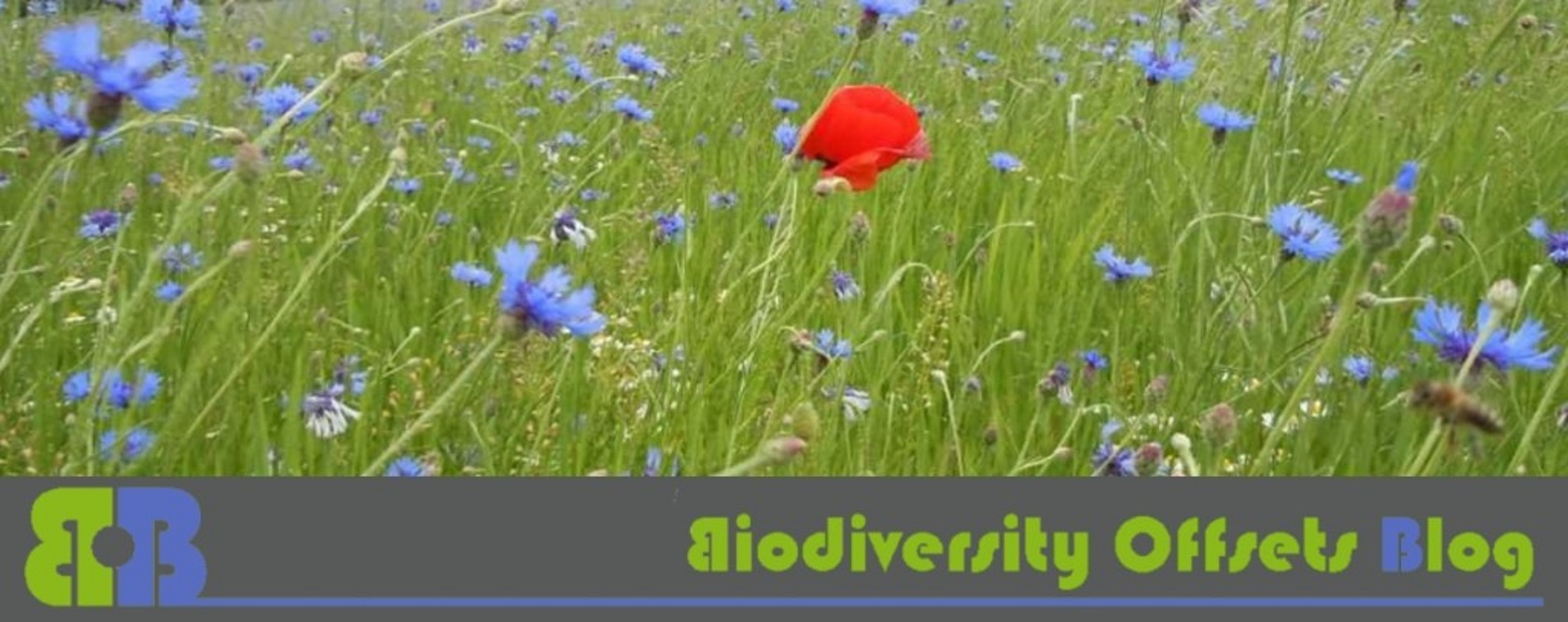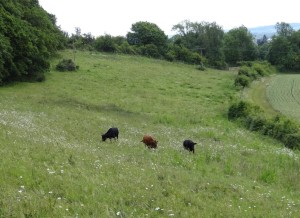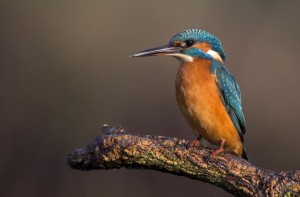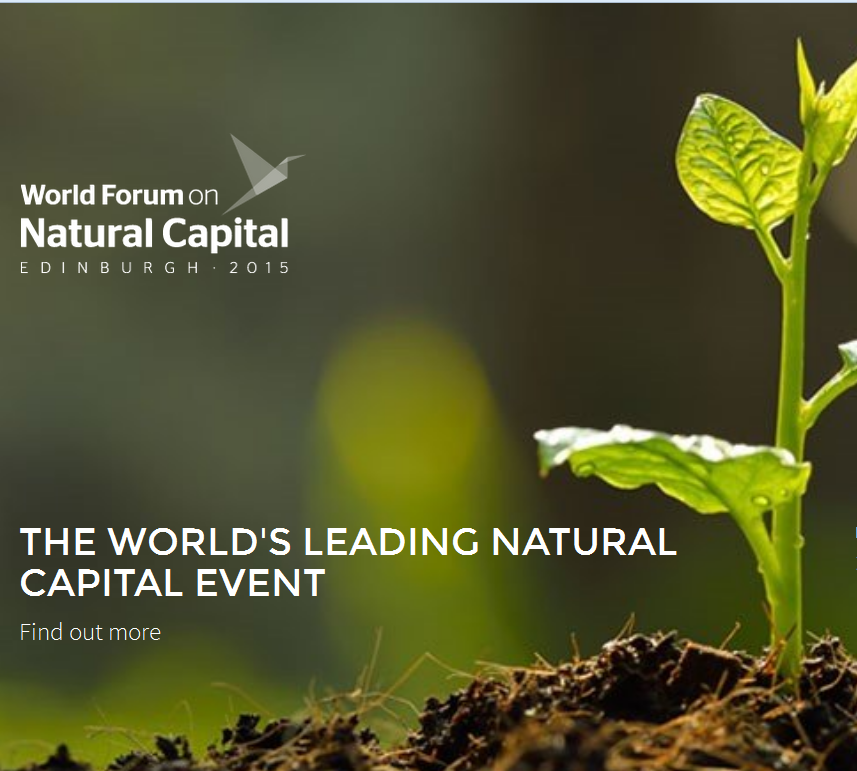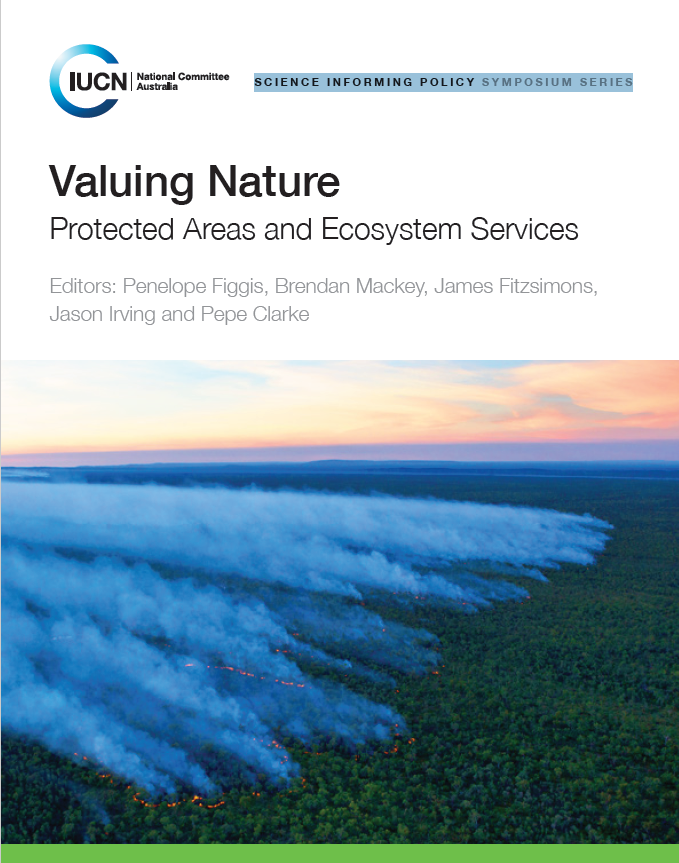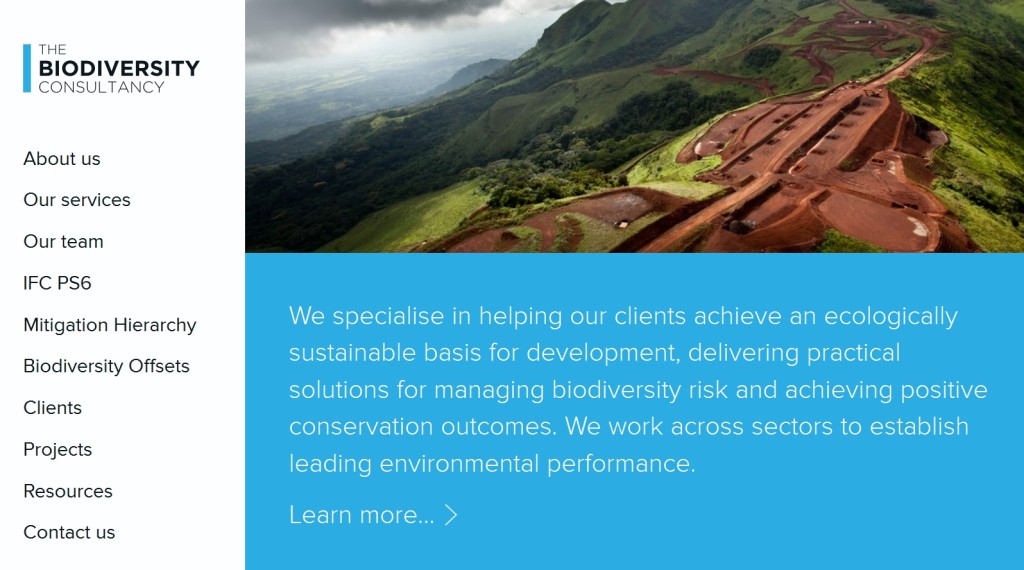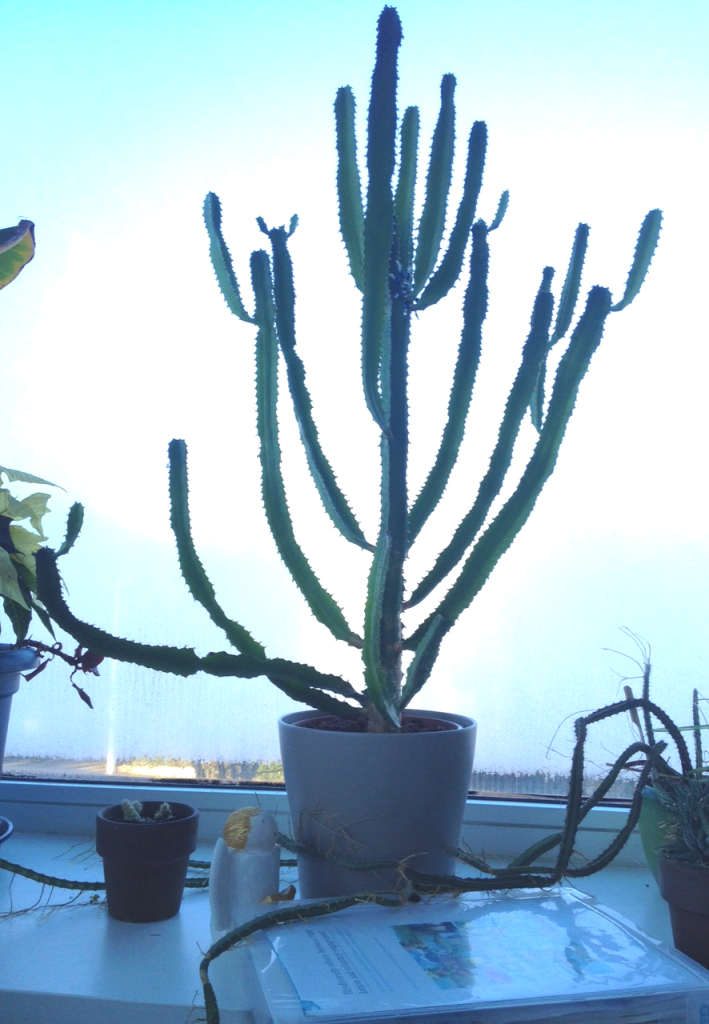 I am still focused and struggling at the very same moment, but I weren’t myself if I would not be optimistic that I can get this final draft of my PhD ready before Christmas. In terms of pages all still growing. As for the cactus, I have some problems of measurement and probably need a new ruler, seems also that it is now growing more towards the sides…
I am still focused and struggling at the very same moment, but I weren’t myself if I would not be optimistic that I can get this final draft of my PhD ready before Christmas. In terms of pages all still growing. As for the cactus, I have some problems of measurement and probably need a new ruler, seems also that it is now growing more towards the sides…
November update:
Cactus: 79 cm / PhD: 351 pages
2015, October:
Cactus: 79 cm / PhD: 327 pages
2015, September:
Cactus: 76 cm / PhD: 297 pages
2015, August:
Cactus: 74 cm / PhD: 298 pages
2015, July:
Cactus: 70 cm / PhD: 305 pages
2015, June:
Cactus: 66 cm / PhD: 205 pages
2015, May:
Cactus: 61 cm / PhD: 181 pages
2015, April:
Cactus: 53 cm / PhD: 171 pages
2015, March:
Cactus: 49 cm / PhD: 153 pages
2015, February:
Cactus: 47 cm / PhD: 145 pages
2015, January:
Cactus: 42 cm / PhD: 139 pages Continue reading →
 What’s it about in short: The draft Natural Capital Protocol and Sector Guides as they are launched for consultation until February 26, 2016.
What’s it about in short: The draft Natural Capital Protocol and Sector Guides as they are launched for consultation until February 26, 2016.